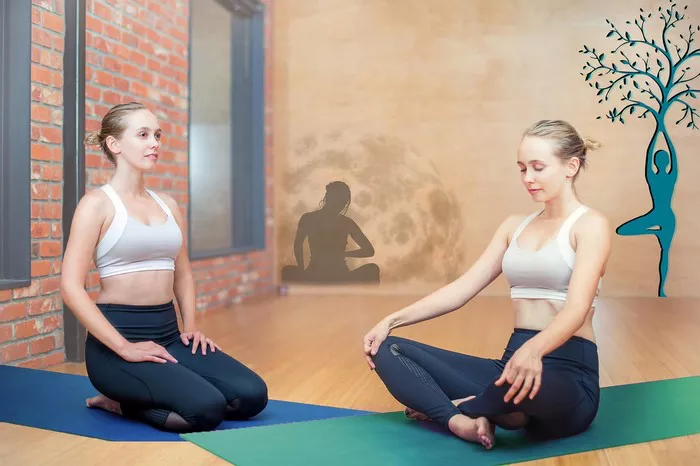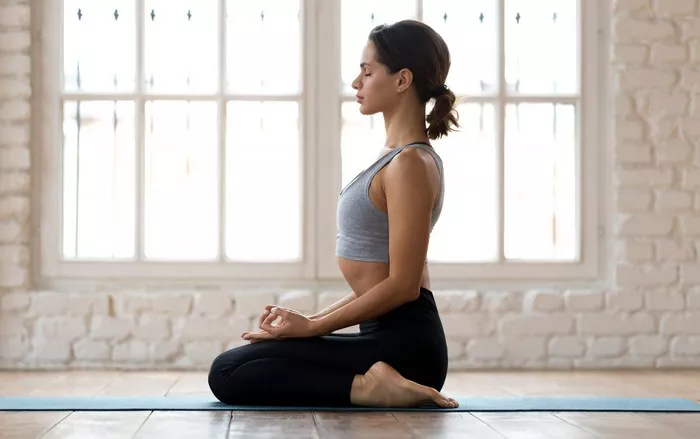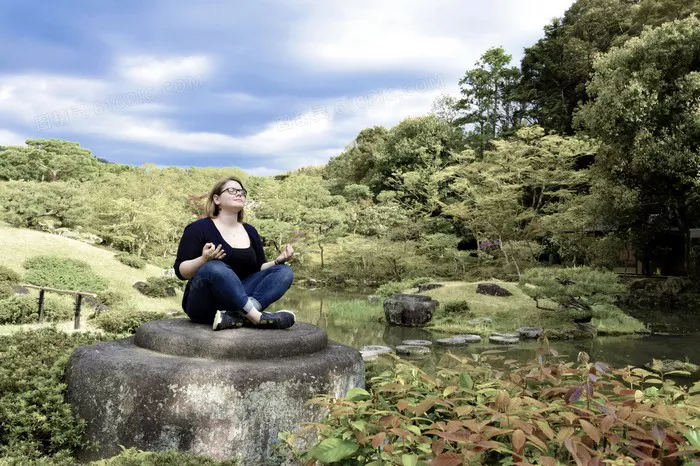Yoga is a vast and ancient practice with a rich tradition of postures (asanas) that promote physical, mental, and spiritual well-being. Among the many categories of yoga poses, seated postures hold a special place due to their ability to cultivate stability, flexibility, and mindfulness. Whether for meditation, deep stretching, or relaxation, seated yoga poses offer numerous benefits for practitioners of all levels.
The Significance of Seated Yoga Poses
Seated yoga poses are particularly beneficial because they encourage proper alignment, improve flexibility in the hips and spine, and promote deep, mindful breathing. Many of these postures serve as preparatory poses for more advanced asanas and meditation practices. They help in opening the hips, strengthening the back, and enhancing concentration.
Seated postures can be categorized based on their primary function, such as hip openers, forward bends, spinal twists, and meditation postures. In this article, we will explore a wide range of seated yoga poses, their benefits, and how they contribute to a well-rounded yoga practice.
1. Cross-Legged Meditation Poses
These poses are fundamental for meditation and breathwork practices:
Sukhasana (Easy Pose)
One of the simplest seated postures, Sukhasana helps in grounding the body and calming the mind. It promotes spinal alignment and is ideal for meditation and pranayama (breathing exercises).
Padmasana (Lotus Pose)
A classical meditative pose, Padmasana requires flexibility in the hips and knees. It helps in deepening concentration and stabilizing the body for extended periods of meditation.
Ardha Padmasana (Half Lotus Pose)
A variation of Padmasana, this pose is more accessible for those who find full Lotus challenging. It offers similar benefits while reducing strain on the knees.
Siddhasana (Accomplished Pose)
A powerful posture for meditation, Siddhasana encourages energy flow in the spine and is often preferred for prolonged sitting in yogic practices.
2. Forward Bending Seated Poses
These postures stretch the hamstrings, lower back, and spine while promoting introspection and relaxation:
Paschimottanasana (Seated Forward Bend)
A deep hamstring and spine stretch, this pose calms the nervous system and aids in digestion. It is excellent for relieving stress and enhancing flexibility.
Janu Sirsasana (Head-to-Knee Pose)
This asymmetrical forward bend stretches the hamstrings and lower back while also promoting kidney and liver function.
Upavistha Konasana (Wide-Angle Seated Forward Bend)
A great stretch for the inner thighs, hamstrings, and lower back, this pose also enhances circulation and relieves tension in the lower body.
Trianga Mukhaikapada Paschimottanasana (Three-Limbed Forward Bend)
This lesser-known pose is beneficial for releasing tension in the hips, knees, and ankles while deepening the stretch in the hamstrings.
3. Hip-Opening Seated Poses
Hip openers enhance mobility, release tension, and improve circulation in the lower body:
Baddha Konasana (Bound Angle Pose)
Also known as Butterfly Pose, this asana improves hip flexibility and stimulates the abdominal organs.
Gomukhasana (Cow Face Pose)
A deep hip opener that also stretches the shoulders, Gomukhasana is beneficial for improving posture and relieving tension in the hips and upper body.
Agnistambhasana (Fire Log Pose)
This pose provides an intense stretch for the hips and outer thighs, helping to release deep-seated tension and improve circulation.
4. Twisting Seated Poses
Twists improve spinal mobility, aid digestion, and detoxify the body:
Ardha Matsyendrasana (Half Lord of the Fishes Pose)
A powerful spinal twist that stimulates digestion and enhances spinal flexibility.
Bharadvajasana (Bharadvaja’s Twist)
A gentle seated twist that promotes relaxation and spinal mobility, often used as a restorative posture.
Marichyasana (Sage Marichi’s Pose)
This pose has several variations and provides a deep twist that stimulates internal organs and improves spinal flexibility.
5. Seated Balance Poses
These poses build strength, coordination, and focus:
Navasana (Boat Pose)
A core-strengthening pose that improves balance, digestion, and spinal stability.
Tolasana (Scale Pose)
An arm-balancing pose that strengthens the core, arms, and shoulders while requiring deep hip flexibility.
6. Restorative and Reclined Seated Poses
These poses are deeply relaxing and support the nervous system:
Virasana (Hero Pose)
A gentle posture that stretches the thighs and improves digestion. It is often used for meditation and pranayama.
Supta Baddha Konasana (Reclined Bound Angle Pose)
A restorative pose that opens the hips and chest, promoting deep relaxation and improved circulation.
Supta Padangusthasana (Reclining Hand-to-Big-Toe Pose)
Though partially reclined, this pose stretches the hamstrings and improves flexibility in the legs and lower back.
Conclusion
The number of seated yoga poses is vast, each serving a unique purpose in enhancing flexibility, strength, and mindfulness. Whether used for meditation, stretching, or therapeutic benefits, seated poses form an integral part of a holistic yoga practice. Regularly incorporating them into your routine can improve posture, increase mobility, and promote overall well-being.
With so many options available, it’s essential to listen to your body, practice with awareness, and choose poses that align with your personal goals. As you explore these seated yoga postures, you will discover deeper relaxation, enhanced flexibility, and a greater sense of inner peace.
Related Topics:
























